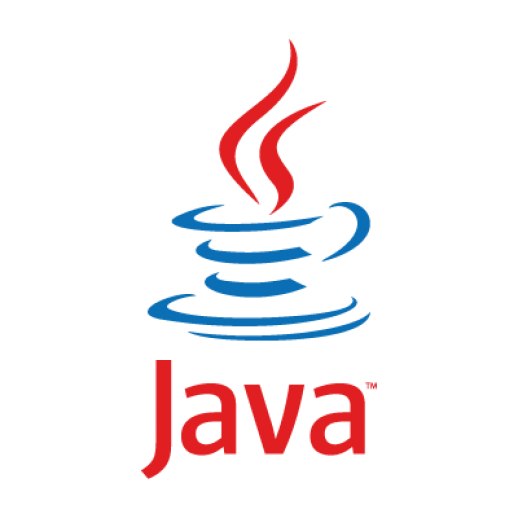
In the early 1990s developers at Sun Microsystems company began working on the language called Oak. The new language had to be used in home appliances industry, widespread then VCRs, toasters, etc.
For this new language was to be:
- cross-platform (supported by various platforms);
- reliable;
- compact.
But soon the development of Internet and networks took first place in the market, so the Sun has changed priorities and new language was Java title.
Java is based on C and C ++ languages, taking the syntax of the first, and particularly object-oriented approach - from the second.
The release of the first written in the Java browser (HotJava) was held in 1994. It was established to accelerate the development of programs and show all the possible potential of the new language.
Java was developed as fast as, Internet, and because of this, has taken a leading position in the list of languages, designed to work with the network, it was written most of the applications for the browser and users.
But the very first version of Java were largely flawed and does not fully meet the needs of users, when it came to writing client applications. For example, the graph in Java 1.0 is largely inferior graphics applications written in C and C ++.
However, Java has become very common for writing applications such as interactive memory or to write programs on cell phone platforms and handheld computers.
Language concept
Java is an object-oriented programming language, it is completely no concept of the procedure. Java is designed to solve the same problems as the other languages, it can be used to solve a large number of tasks. Programs that can be written in Java, are divided into two types:
- Applications - program, located and executed directly on the user's computer (for its implementation requires the Java interpreter);
- Applets - programs working with Java in the browser. For their successful operation requires Java support in your browser.
Java is also interpreted and compiled languages simultaneously. An interpreted language - a language in which the code is translated into machine and runs a special program called an interpreter. A compiled language - the language in which the code is translated into machine and executed by the operating system.








